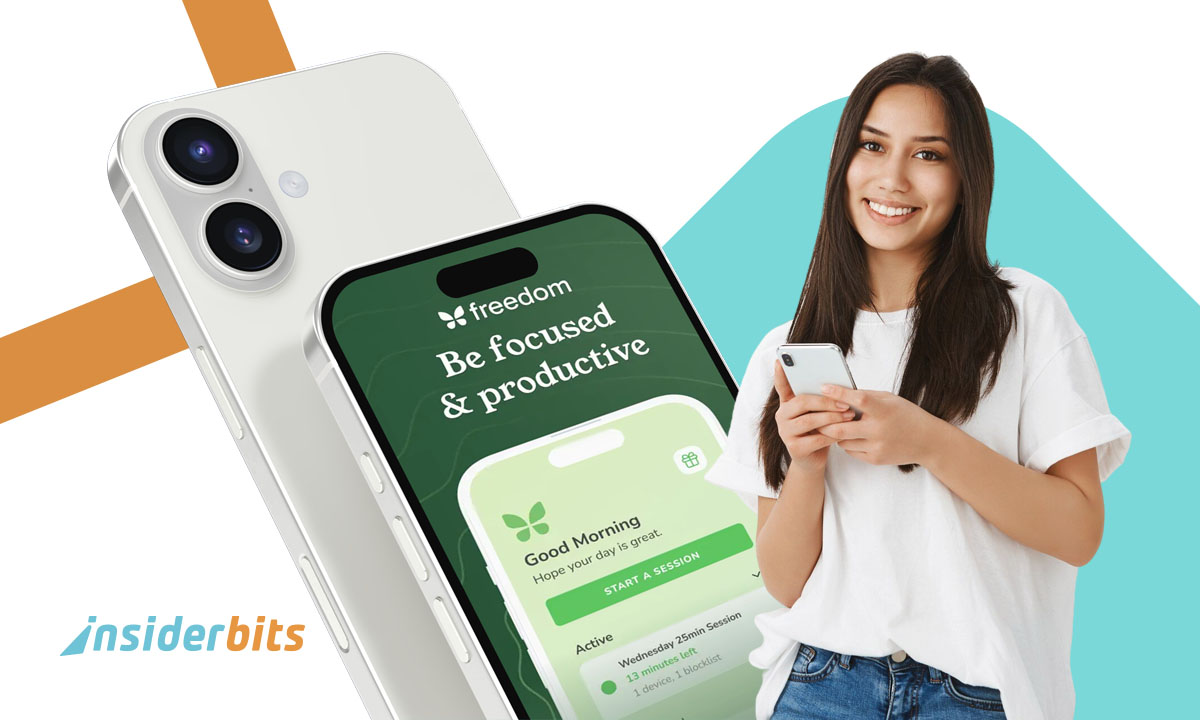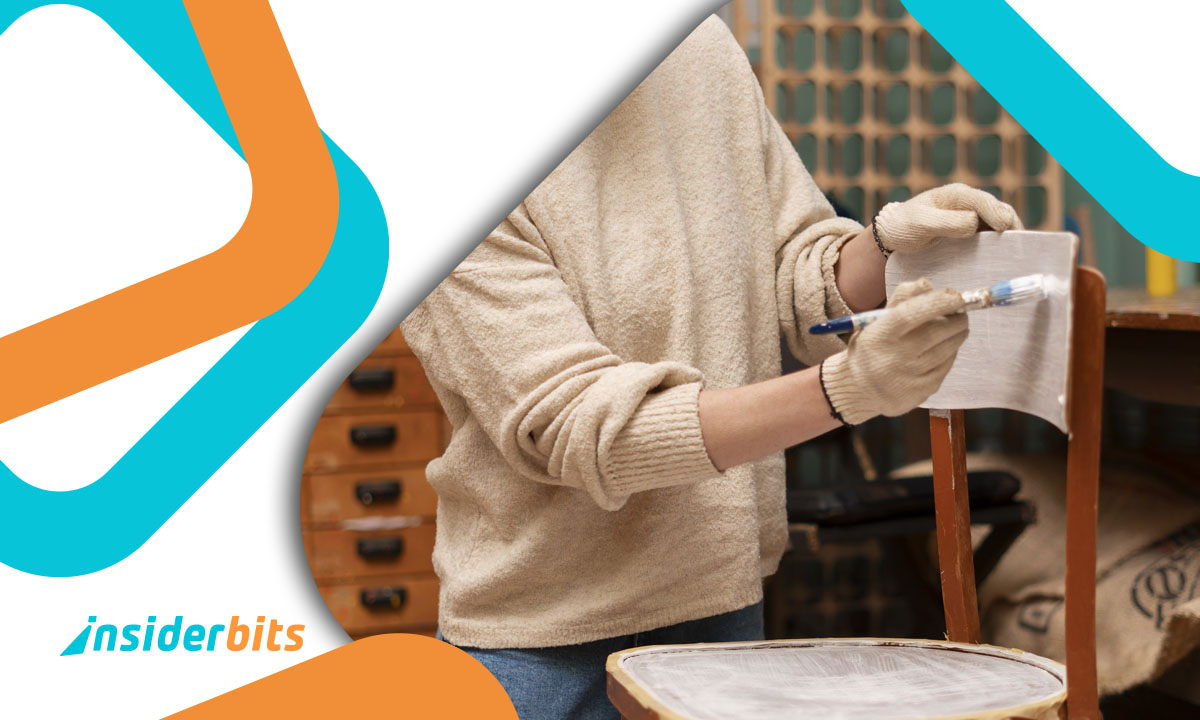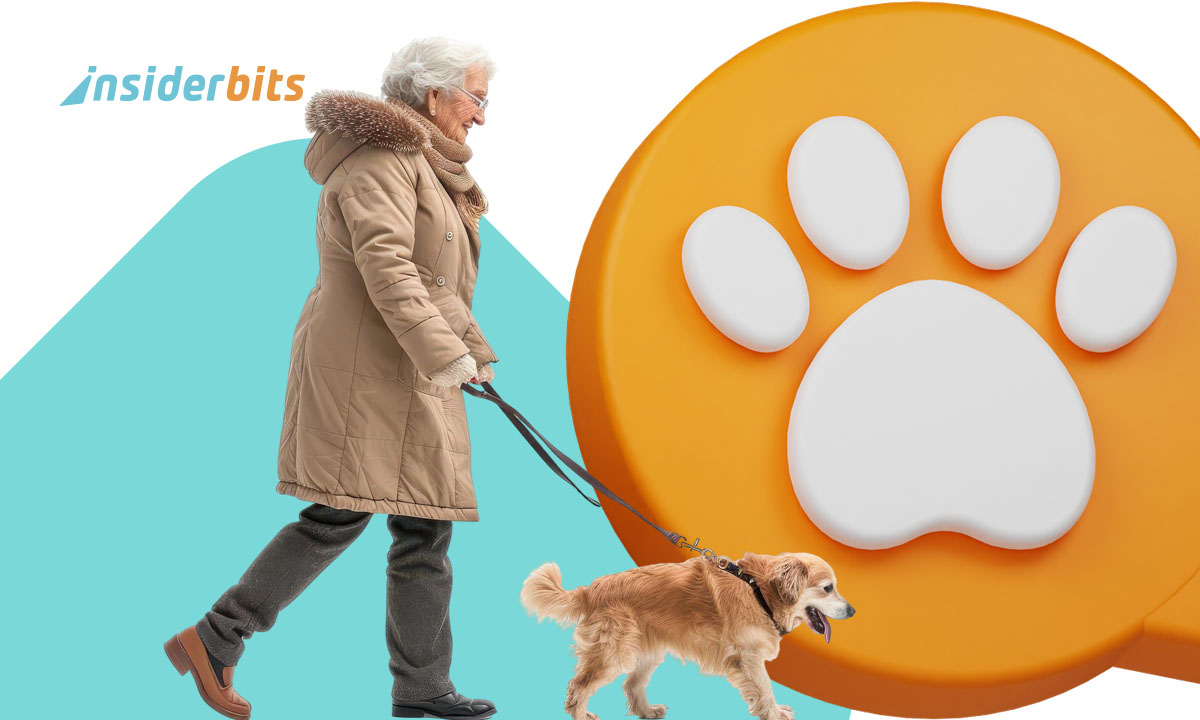Micro-dosing social media is a rising trend that can change our relationship with apps that once consumed every spare moment. This way, it is not about being forced to quit altogether, but users intentionally create structured sessions that reduce digital overload without cutting off connection. This balanced approach appeals to people who enjoy staying informed and connected but often feel drained after hours of passive scrolling.
The goal is not abstinence, but control. Through time limits and behavior shifts, micro-dosing encourages users to treat social platforms as purposeful check-ins. The result is a focused life with less guilt and more energy to invest offline. Read the article below to understand how it works, why it helps, and how to apply it using practical tools and routines.
- Social Media 3.0: What Comes After TikTok and Instagram?
- AI-Generated Influencers: The Future of Social Media
- Best Apps to Cut Back on Social Media
What Is micro-dosing social media and how it works
Everyone knows how social media can impact our lives in a negative way. Because of that, many people are seeking to reduce their screen time to focus on more purposeful activities that are being forgotten.
That’s where micro-dosing social media comes in. This trend is a growing habit where users intentionally reduce screen time without abandoning platforms altogether.
However, stopping something you’re used to is not that easy, that’s why this app doesn’t force you to delete accounts or disable apps.
Freedom sets clear, limited windows for checking feeds, replying to messages, or sharing updates.
This method borrows from the idea of micro-dosing in wellness and mental health, where small, controlled amounts produce meaningful outcomes over time.
Applied digitally, it allows people to enjoy the perks of social interaction while sidestepping the exhaustion that often follows long sessions of scrolling.
That said, a typical micro-dosing routine might involve checking Instagram or X only during breakfast, for example. In this case, each window is defined and kept brief, which minimizes the tendency to lose track of time.
Overall, this model shifts attention from reflexive consumption to purposeful engagement, which supports healthier digital boundaries and better emotional balance.

The mental health benefits of intentional scrolling
Even though we’re living in this social media addiction age, the emotional weight of prolonged social media use is still underestimated by many people.
To begin with, scrolling through feeds for hours exposes users to constant updates, emotional content, social comparisons, and rapid-fire information, which can lead to mental fatigue.
On the other hand, if users have a healthy intentional scrolling routine, they can feel relief from that overload.
Consequently, when users define how and when they interact with content, they reduce passive exposure to negative triggers and algorithmic noise.
This selective interaction creates more space for real-time connection with their surroundings.
In summary, people who begin micro-dosing social media often report sleeping better, feeling less anxious, being more productive during their work, and regaining their ability to focus for extended periods.
Ultimately, after developing independence from social apps, users stop using social media as the default response to boredom or discomfort.
With that, they become the tools they’re supposed to be, being used with clarity and boundaries.
Apps that help you limit social time without quitting
For those of you who are interested in reducing social media time and know the mental harm it can cause, these effects are not a surprise.
However, many users are unaware of this and struggle to reduce screen time. This happens not because they lack willpower, but because the platforms are designed to keep them engaged indefinitely, and they are still unacquainted about that.
That’s why tools that enforce structure gently and consistently are key to successful micro-dosing social media.
Nevertheless, Insiderbits brought a tool that can help anyone with the goal of micro-dosing social media.
Freedom (iOS/Android) is a standout app that lets users block social platforms on a recurring schedule, syncing across different devices.
You can set it to allow access during two or three brief windows per day, removing the temptation outside of those slots.
If you are interested, there are some other apps that use gamification, rewarding users for staying off their phones by growing a digital tree.
The goal of these tools is not restriction, but design support, helping you to follow your own plan by reinforcing limits and nudging better habits until they become second nature.
3.8/5
How to Structure “Doses” That Fit Your Lifestyle
Designing your own micro-dosing plan starts with observation. First of all, track your current patterns for a few days to understand when you reach for your phone, what you’re doing at the time, and how it makes you feel afterward.
Once you identify high-risk moments, like right before bed or during a work break, you can define time slots where limited, intentional use makes more sense.
It’s better to insert short sessions into natural pauses in your day than to let apps dictate your flow.
For example, you might allow a five-minute scroll while waiting for coffee or during a transit ride. Outside those windows, use app blockers or timers to gently enforce the boundary, preventing slip-ups without overwhelming you.
Over time, those new rhythms help reshape your digital relationship. Social media becomes something you step into briefly, rather than something that follows you constantly.
When cutting back improves focus and mood
Many people assume that to benefit from less screen time, they need to quit cold turkey, but even a 30% reduction in use can dramatically change how they feel.
With fewer notifications, less doomscrolling, and more intentional online activity, mental clarity starts to return.
You’ll likely notice a difference in your attention span first. Tasks that once felt fragmented begin to flow again as your brain gets used to working without constant interruption.
Emotionally, there’s often a sense of lightness that comes from disengaging. When you’re no longer passively absorbing curated posts or viral outrage, your nervous system gets a break.
Ultimately, cutting back is about creating space for thinking and doing things that apps were never meant to replace. And that clarity is one of the strongest benefits of all.
3.8/5
Micro-dosing social media: a new way to scroll less – Conclusion
We all read that it doesn’t matter how you use social media, it doesn’t require abandoning it. All you need to do is begin with smaller, more conscious choices. Micro-dosing social media invites you to reconnect with your day on your own terms.
When users have structured time blocks and use tools like Freedom, it is possible to shape online habits with intention instead of impulse. The results are not visible, it’s felt on your mood, productivity, focus, and ability to be present where it matters.
Now, instead of letting endless feeds set the pace of your attention, you can build a rhythm that protects your energy and supports your priorities, online and off.
En rapport : Doomscrolling Detox: Apps to Break Negative Scrolling Habits
Enjoyed this article? Save the Insiderbits blog to your favorites for the latest tools, creative tech tips, and photo editing breakthroughs.





